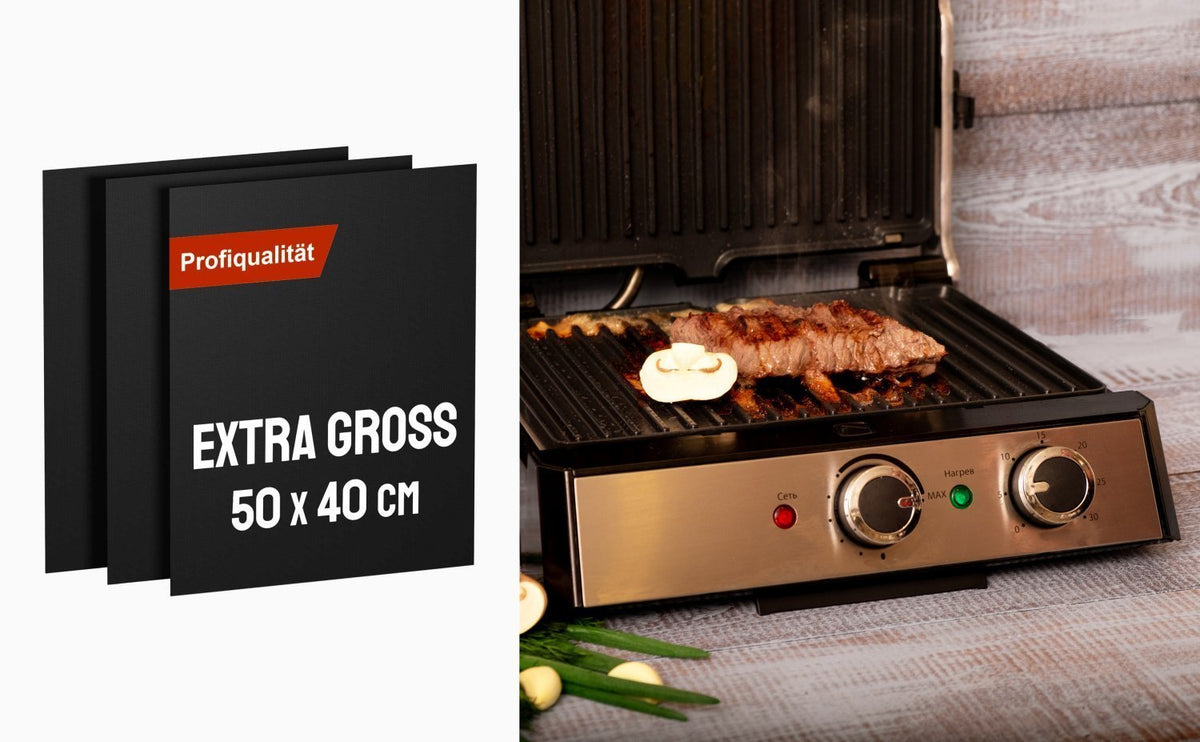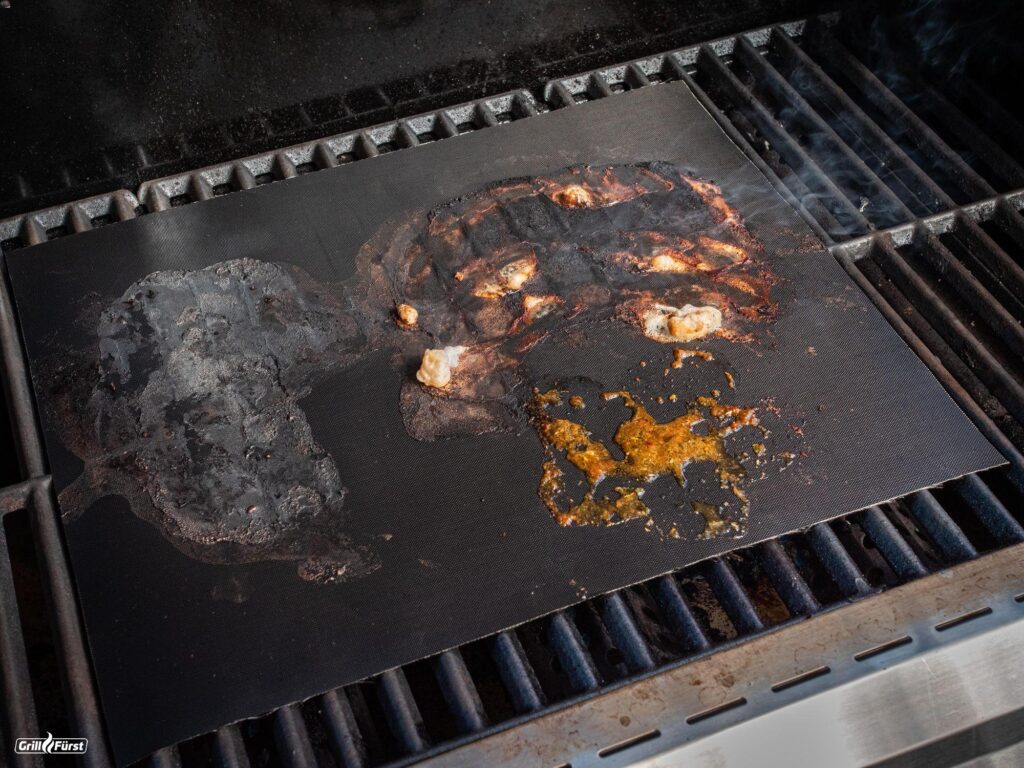.jpg)
Weber Elektrogrill Lumin Compact Stand, Black 2023 + inklusive Abdeckhaube günstig kaufen - Weber-Grillen.de

1/4/8 Stück, Grillmatte, Antihaft-bbq-grillmatten, Robuste Grillmatten, Wiederverwendbare Grillmatten, Leicht Zu Reinigen, Grillmatten Für Elektrogrill, Gas-holzkohlegrill, Schwarze Grillmatten Für Küche, Picknick, Camping, Outdoor, Küchenzubehör ...

1/4/8 Stück, Grillmatte, Antihaft-bbq-grillmatten, Robuste Grillmatten, Wiederverwendbare Grillmatten, Leicht Zu Reinigen, Grillmatten Für Elektrogrill, Gas-holzkohlegrill, Schwarze Grillmatten Für Küche, Picknick, Camping, Outdoor, Küchenzubehör ...

3pcs, Grillmatte, Antihaft-bbq-grillmatten, Heavy Duty Teflo Bbq-matten, Wiederverwendbare Bbq-matten, Leicht Zu Reinigen, Bbq-matten Für Elektrogrill Gas Holzkohle Bbq, Schwarze Bbq-matten Für Outdoor-camping-picknick-bbq, Küchenzubehör, Grillzubehör ...

FNLLC Grillmatte für Gasgrill und Holzkohle 6er Set,Wiederverwendbar BBQ Grillmatten 40x33 cm PFOA-Frei, Antihaft Grill Matten und Teflon Grillmatte für Elektrogrill : Amazon.de: Garten

Wiederverwendbare BBQ-Grillmatte, antihaftbeschichtete Backmatte für Grill- oder Joghurtbereiter, kompatibel, funktioniert gut mit Elektrogrill, Backofen, Gas,
.jpg)
Weber Elektrogrill Lumin Compact Stand, Black 2023 + inklusive Abdeckhaube günstig kaufen - Weststyle.de

Kaufe Wiederverwendbare Grillmatte Set von 5 Antihaft-Grillmatten funktioniert auf Elektrogrill Gas Holzkohlegrill | Joom

FNLLC Grillmatte für Gasgrill und Holzkohle 6er Set,Wiederverwendbar BBQ Grillmatten 40x33 cm PFOA-Frei, Antihaft Grill Matten und Teflon Grillmatte für Elektrogrill : Amazon.de: Garten

Unter der Grillmatte, Grillausrüstung Gas-Elektrogrill, leichte waschbare Bodenmatte zum Schutz von Decks und Terrassen | Fruugo DE

HELESIN BBQ Grillmatte für Gasgrill,5er 40x50cm Set Teflon Grillmatten Backmatte + 2 Grillbürsten,Wiederverwendbar & PFOA-Frei Grillmatten,Antihaft Grillmatte für Holzkohlegrill,Elektrogrill,Backofen : Amazon.de: Garten

Grillmatte, Set mit 5 antihaftbeschichteten Grillmatten für Holzkohle, Gas oder Elektrogrill – hitzebeständig, wiederverwendbar und leicht zu reinigen (33 x 40 cm) : Amazon.de: Garten
,type=downsize,aspect=fit;Crop,size=(450,450),gravity=Center,allowExpansion;BackgroundColor,color=ffffff;UnsharpMask,gain=1.0,threshold=0.05;)
Best Direct® Set wiederverwendbare Backmatte und Grillmatte Handy Roast bei Marktkauf online bestellen

Unter der Grillmatte, Grillausrüstung Gas-Elektrogrill, leichte waschbare Bodenmatte zum Schutz von Decks und Terrassen | Fruugo DE

Grillmatte, Set mit 5 antihaftbeschichteten Grillmatten für Holzkohle, Gas oder Elektrogrill – hitzebeständig, wiederverwendbar und leicht zu reinigen (33 x 40 cm) : Amazon.de: Garten











